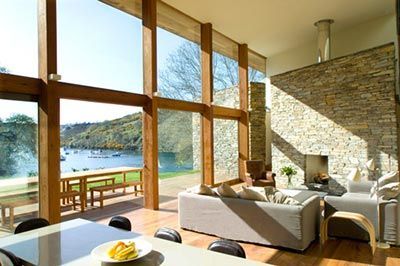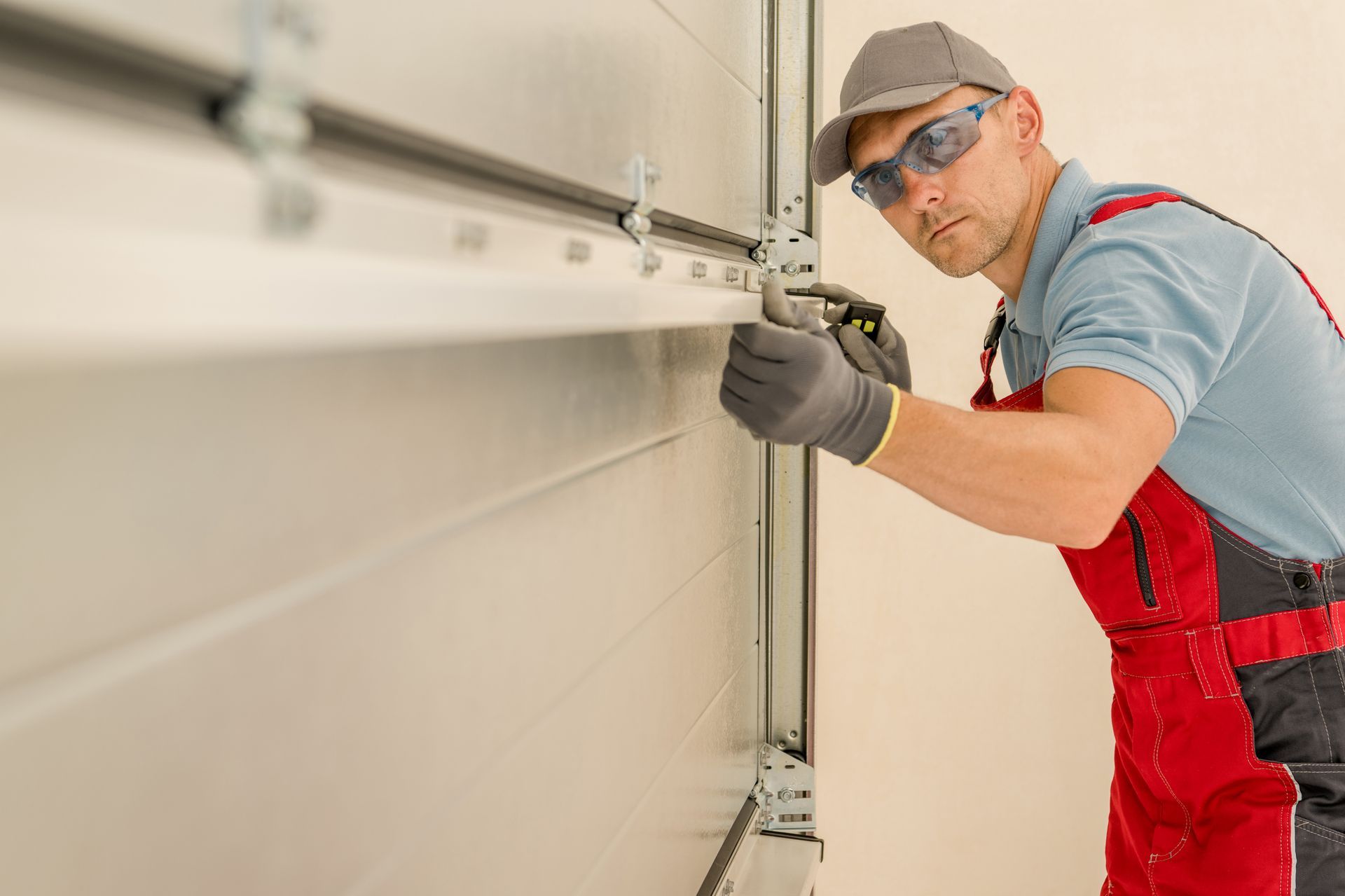Opting for Energy Efficient Doors and Windows
August 9, 2017

There's a definite draft coming from your doors and window spaces. Even though they're completely closed, you can still feel the cold air come in. Of course, the reverse is true during those hot summer months. The breeze that's leaking in through the gaps and cracks is warm, and this means that air is escaping
Not only is it annoying to feel the outdoor elements when you’re inside, it also means your home is working overtime from an energy use standpoint.
If you're considering door or window replacement, understanding how these improvements can affect your home's overall energy efficiency is absolutely essential.
Why do older doors and windows fail when it comes to energy efficiency? There are several reasons. The fault may be with the door or window itself, or it may be in the area surrounding it (the frame or seal). Cracks along frames, a worn seal or gaps between the door or window and your home's exterior can all contribute to heat and cooling loss.
Other causes of energy loss include the door or window itself. Older doors and windows aren't as advanced in terms of their construction. Modern advances in technology have made it possible for glass and door materials to better insulate your home against heating or cooling loss.
Modern Material Advantages
When it comes to windows, single-pane or even older double-pane windows may not do much to keep out the cold (or keep in the air conditioned air). Along with the multiple panes of glass, these windows have gas inside that helps to insulate them against the elements. Window coatings on newer windows can also make a difference in energy efficiency.
Likewise, the material that your door is made from can change its ability hold in the heat or the cool air. A solid door made from fiberglass or steel can insulate your home more efficiently than an old wooden door with a window in it.
Even though a solid wood door will hold the heat (or cooling) better than one with a window, these classically beautiful and natural styles aren't as energy efficient as fiberglass and steel versions.
Additional Doors and Windows
Add to the overall energy efficiency of your home with storm doors and windows. These provide an extra barrier between your home and the elements.
If you don't want to replace your existing doors or windows, a storm door or window can help keep the heat or cold out too. Keep in mind you need to choose high-quality products. For example, if the door has a metal frame, make sure that it also is insulated.
Money Back
Replacing your home’s doors or windows is a potentially expensive proposition. Of course, you'll recoup at least some of the cost if you eventually resell your home. As of 2016, the average costs recouped for window replacements topped 70 percent. But that's not the only money you'll get by replacing your windows — or your doors either.
You'll also get money back in the form of energy savings. Every time you feel your doors and windows leaking, you're losing money. Your HVAC system needs to work harder to heat or cool your house than it would if you had energy-efficient doors and windows.
Replacing a single-pane window with an ENERGY STAR certified window can save you hundreds of dollars. If you already have double-pane windows, replacing them can still save you on energy costs too. The typical cost savings for replacing these types of windows reaches up to $100 annually.
If you are looking to improve your home's energy efficiency with new doors or windows, call the experts at Edelen Door & Window to get started.










